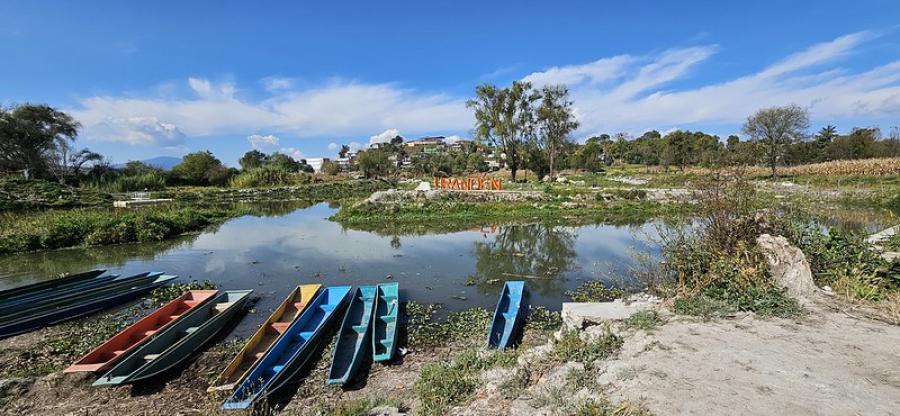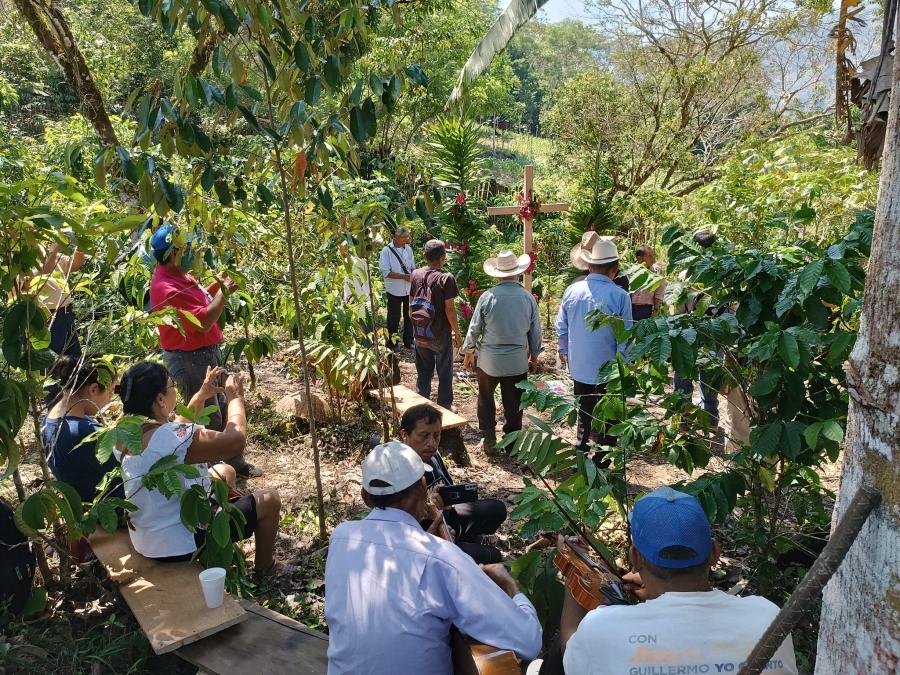Early this year in the Isthmus of Tehuantepec, the slice of land where the Yucatan Peninsula meets the rest of Mexico, several thousand people gathered to welcome the Zapatista "March for Dignity of the People who are the Color of the Earth." Indigenous Mixe community leader Zoila José Juan gave the welcoming speech and told the Zapatistas: "Our land is in grave danger, because the rich and their government want to impose a Megaproject on us -- which means the loss of our lands and more poverty. We ask for your support." Subcomandante Marcos, leader of the Zapatistas, answered Zoila's appeal. Repeating the slogan on a banner in front of him, he said, "The Isthmus is not for sale!"
Nearly one-third of the Isthmus' 2.2 million residents belong to one of 10 indigenous nations: Chinanteco, Chontal, Huave, Mazateco, Mixe, Mixteco, Nahual, Popoluca, Zapotec, and Zoque. A large majority live in poverty and work in small-scale agriculture, fishing, and forestry.
Five years ago the Mexican government proposed an overland transit corridor in the Isthmus of Tehuantepec. The plan would link two ports -- Salina Cruz, Oaxaca on the Pacific coast and Coatzacoalcos, Veracruz on the Gulf coast -- via a high-speed rail line and four-lane superhighway. The TransIsthmus Project would also include several petrochemical facilities, new oil refineries, large-scale shrimp farms, industrial parks for assembly plant maquiladoras, and 240,000 acres of monocropped tree plantations.
Mexican President Vicente Fox has incorporated the TransIsthmus Project's proposed port, rail, and highway development into his new Puebla-Panama Plan, a massive infrastructure program for southern Mexico and Central America. This year, concrete progress on the corridor has begun. The World Bank's International Finance Corporation financed the privatization of rail lines that connect the Isthmus of Tehuantepec to Guatemala and the Yucatan Peninsula. In January, ships began transporting railroad cars from Coatzacoalcos across the Gulf of Mexico to Mobile, Alabama, creating a new transcontinental link.
In May, land clearing began for an intensive shrimp farm -- the first in the Isthmus. Located in an indigenous Zapotec community on the Pacific Coast, the project has stirred strong opposition among local fishermen and palm growers. Many signed an official complaint to the state and federal governments. "The establishment of a shrimp farm implies the destruction of mangroves, palm groves, and the estuary, affecting the ecosystem of the lagoons and consequently, the environment and culture of our community," read the statement.
Zoila said she saw the TransIsthmus Project and Puebla-Panama Plan as death sentences for her people. Indigenous people are unlikely to use the project's expanded highways and rail lines, she said. The highway overpasses would only create barriers to the people, who rely on horses and burros to carry their food and firewood.
Article copyright Cultural Survival, Inc.



